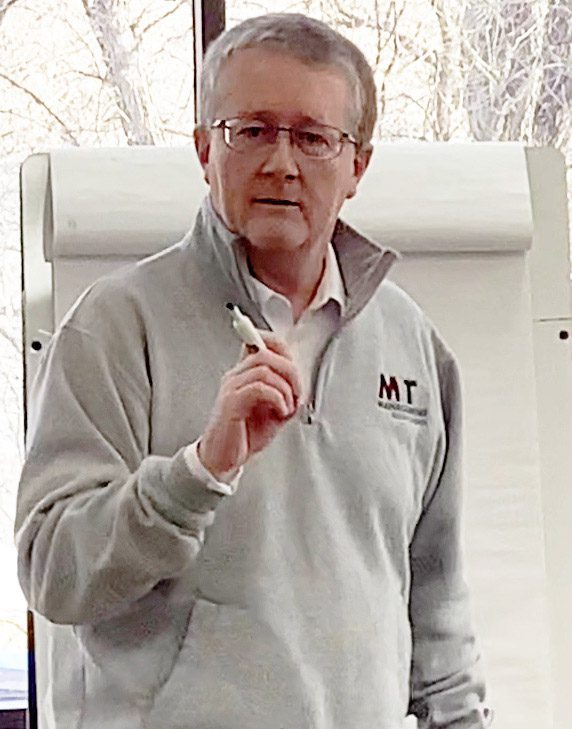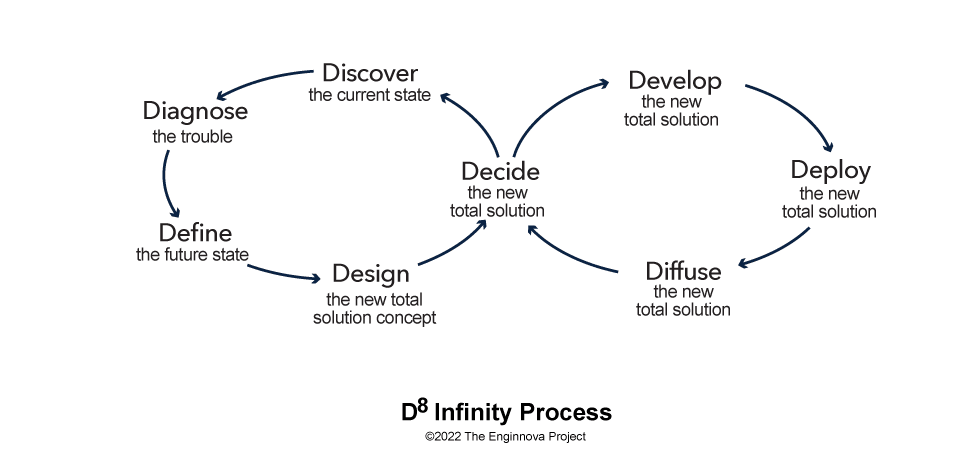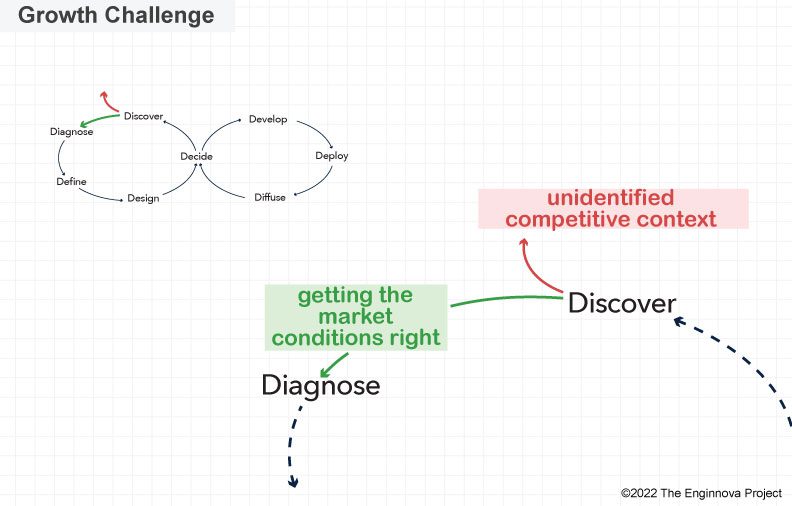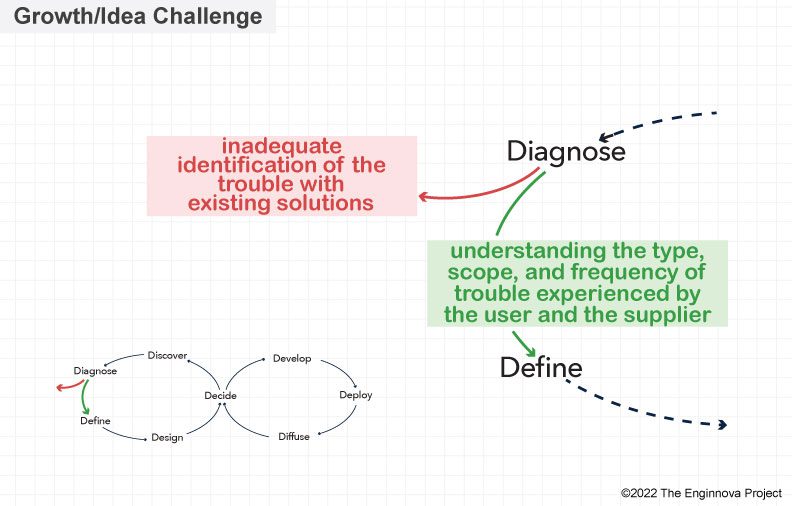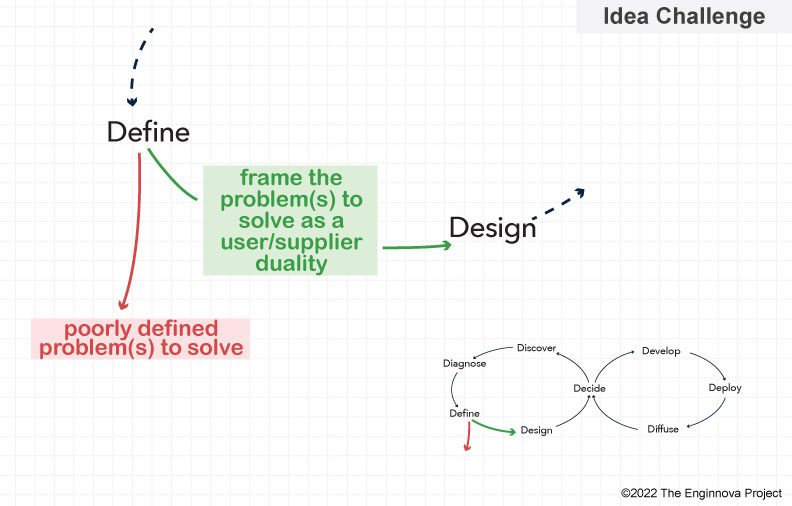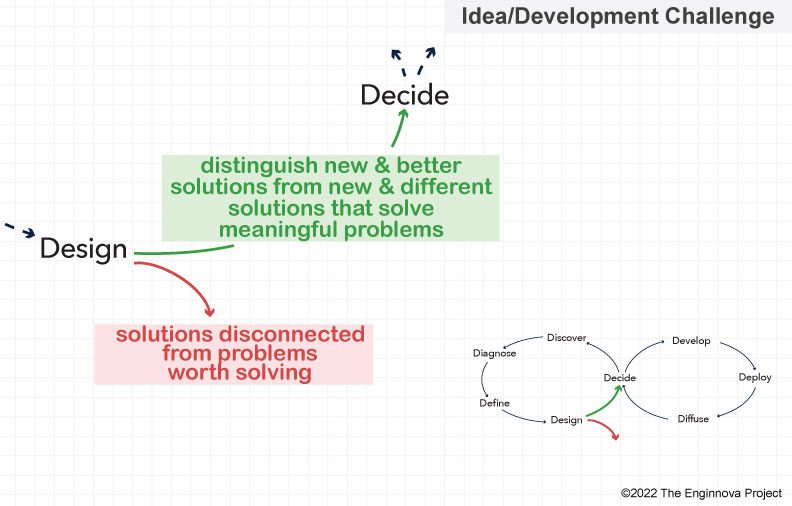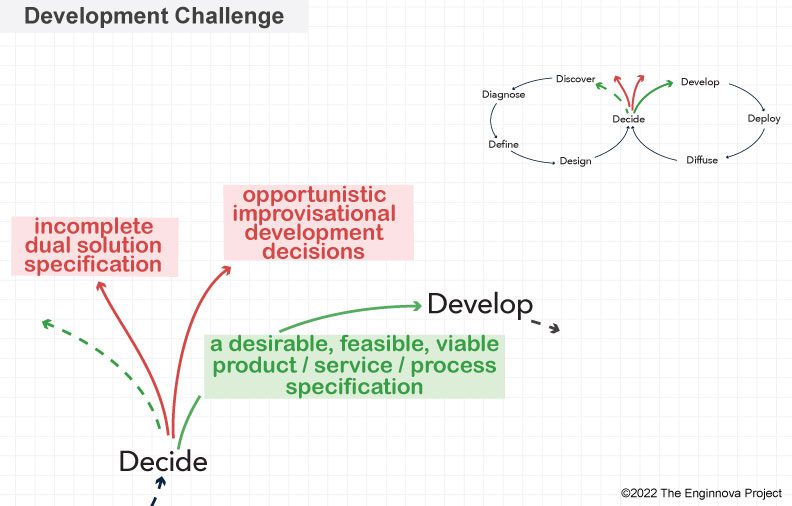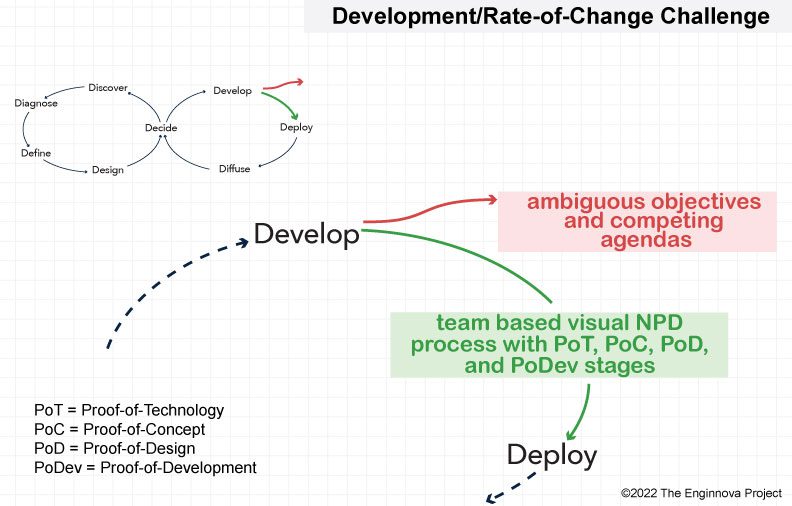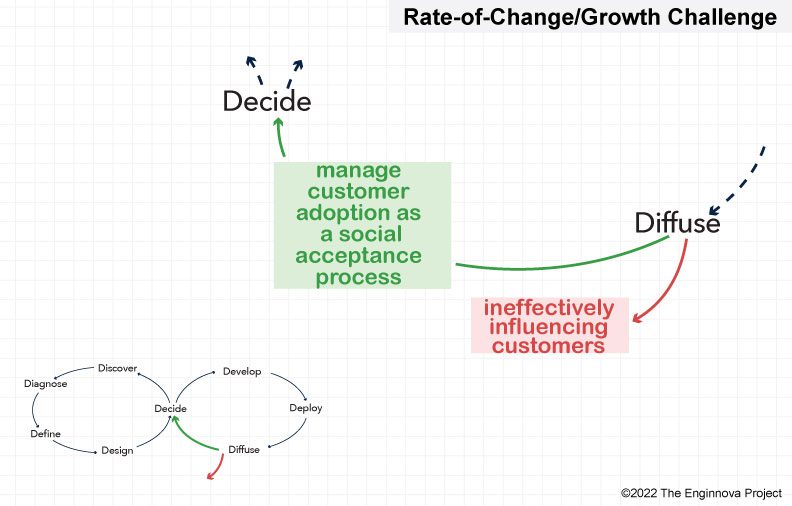 More Innovation Faster
More Innovation Faster
Meet Kevin A. Fee, the Principal Innovator behind Agile Innovating – a new professional service provided by Sterling Engineering. With over 40 years of senior management experience, Kevin has been responsible for innovation in various aspects.
His extensive educational background includes an Advanced Certificate for Executives from MIT, a Graduate Certificate in Leadership from Kansas State University, a Certificate in Human Centered Design from IDEO, a Graduate Certificate in LEAN Operations from the University of Illinois – Chicago, and a BS in Mechanical Engineering from Iowa State University. Kevin has been granted 17 US Patents and developed several trade secrets concerning materials applications and manufacturing processes.
Agile Innovating (A-I) enhances the innovation experience for organizations that face difficulties in innovating and require immediate innovation. A-I methodically reduces uncertainty related to Paradox, Process, and Activity while minimizing disruptions to the core business and fostering an environment that produces more innovation at a faster pace.
A-I follows a project-based approach with a Do, Demonstrate, Deploy service delivery model to organize client interactions. This model ensures that innovation becomes a regular occurrence rather than an exception. Learn more below.

WHY?
In the realm of product/service/process (PSP) innovation, there are four issues every innovator must address. Solving the paradoxes within an issue is crucial for achieving innovation, as the severity of these issues can differ based on the industry, scale of operations, and technological advancement.
- Context Issue – Threat/Opportunity Paradox: Managing potential sales threats while simultaneously exploring opportunities for future profits.
- Problem-Solving Issue – Trouble/Novelty Paradox: Currently facing challenges with existing solutions while striving to bring new and innovative solutions into the mix.
- NPD Execution Issue – Invention/Delivery Paradox: When faced with the need to develop a new solution, it’s important to balance innovation with the execution of a well-planned delivery strategy.
- Change Issue – Momentum/Friction Paradox: Managing the effects of momentum and friction in the context of organizational change.
